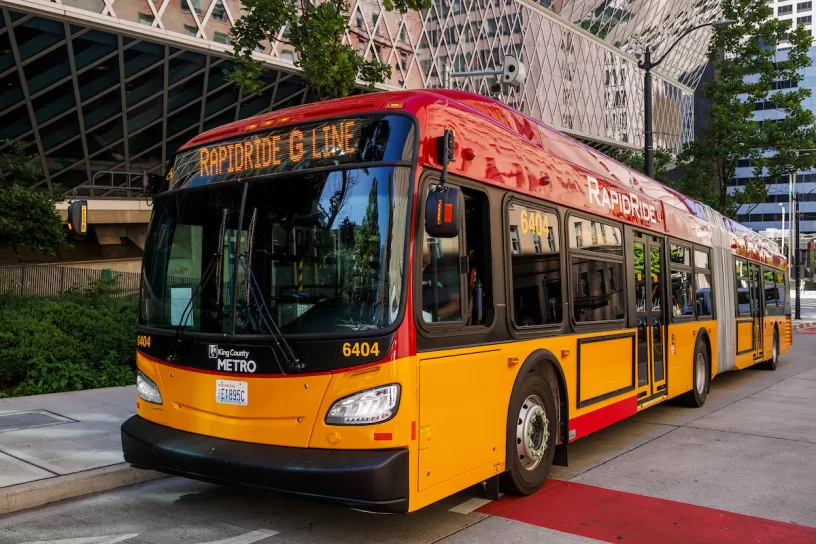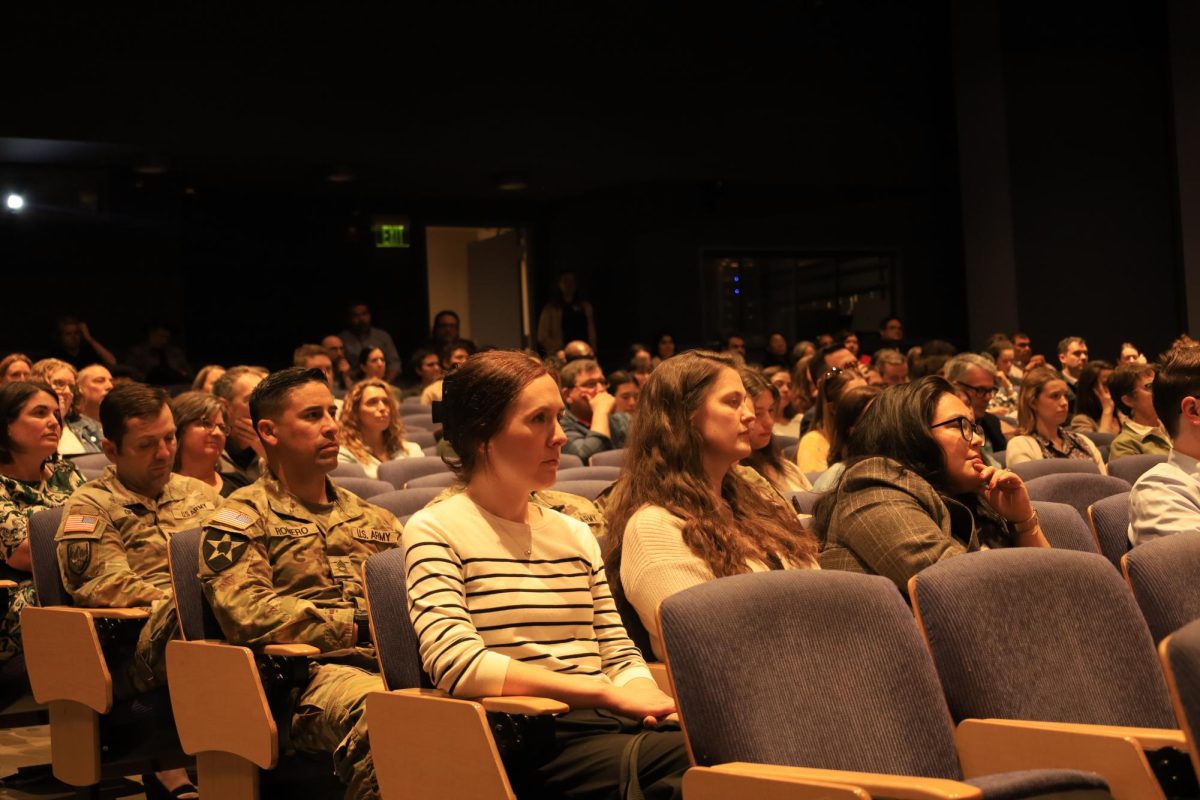After more than a decade of planning and development, the long-awaited RapidRide G Line is finally here and open to the public. This new bus line features dedicated bus lanes and arrives every six minutes during peak hours, connecting key neighborhoods in Seattle, including Downtown, First Hill, Capitol Hill, Central District and Madison Valley. Conveniently, the G Line stops right on Madison Street at Seattle University, making it a great new option for students.
Anne Le, a fourth-year accounting major at Seattle U, frequently commutes and finds the G line very useful.
“My commute is usually 30 to 45 minutes, depending on delays,” Le explained. “The G Line makes it much more convenient because it drops me off close to campus, unlike the other buses. Now I also have a third option: if I miss the number two or three bus, I can take the G Line which reduces the stress of missing my ride. I bet other students would find it helpful too as it provides more flexibility with timing.”
Al Sanders, public information officer at King County Metro Transit, emphasized the G Line’s importance in increasing efficiency.
“The new G Line is more than just a transit service; it’s a transformative solution that connects our neighborhoods more effectively. Our five-door buses are designed for efficient boarding, especially at center island stops, which helps keep traffic flowing smoothly,” Sanders said.
Sanders added that the G Line operates nearly 24 hours a day, providing essential coverage for those who need it, even late at night.
Zachary D. Wood, assistant professor in the department of public affairs and nonprofit leadership at Seattle U, agreed on the importance of the new G Line. Wood recognizes that one of the challenges with bus routes in Seattle is that they often get stuck in traffic, possibly making them less appealing to riders. Yet, unlike many other routes, the G line has a dedicated bus lane, allowing it to move efficiently through traffic.
“People want buses that are on time and frequent, and that’s where the G Line shines,’’ Wood said. “If you’re waiting for 25 minutes for a bus, that’s not ideal. In that time, you could have walked part of the way. The G Line is fantastic because, during most of the day, it runs every six minutes, which is unheard of for bus lines in Seattle and many places in the U.S..” Given that the G line serves along Madison Street, its close proximity to campus improves students’ ability to access different shops, grocery stores, parks and areas that may have been more difficult to reach before. Wood also expressed that the G Line serves as a significant marker for the city, showcasing what a meaningful transit system can look like and how it can encourage people to leave their cars behind in favor of quick and accessible bus options.
The new RapidRide G Line has been a long-overdue addition to Seattle’s transit system, particularly for commuters. With its frequent service and easy access to popular areas, it promises to make commuting smoother for both students and residents. As Wood pointed out, the G Line’s ability to navigate Seattle’s traffic efficiently is a huge plus, making it easier for everyone to leave their cars at home and hop on the bus. So, whether you’re heading to class, work, or a night out in the town, the G Line is a new option that is worth trying out.








